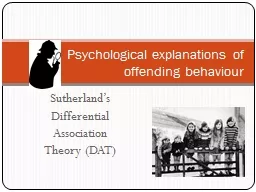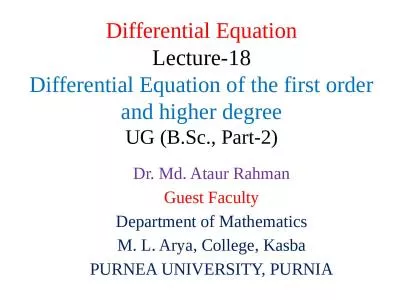PPT-Use of Differential Equations in
Author : olivia-moreira | Published Date : 2016-03-02
Modeling Circadian Rhythms By Dr Nathaniel J Kingsbury Friday October 24 2014 1000 am Southwick Hall Room 401 In this seminar I will Explore the biology of circadian
Presentation Embed Code
Download Presentation
Download Presentation The PPT/PDF document "Use of Differential Equations in" is the property of its rightful owner. Permission is granted to download and print the materials on this website for personal, non-commercial use only, and to display it on your personal computer provided you do not modify the materials and that you retain all copyright notices contained in the materials. By downloading content from our website, you accept the terms of this agreement.
Use of Differential Equations in: Transcript
Download Rules Of Document
"Use of Differential Equations in"The content belongs to its owner. You may download and print it for personal use, without modification, and keep all copyright notices. By downloading, you agree to these terms.
Related Documents














